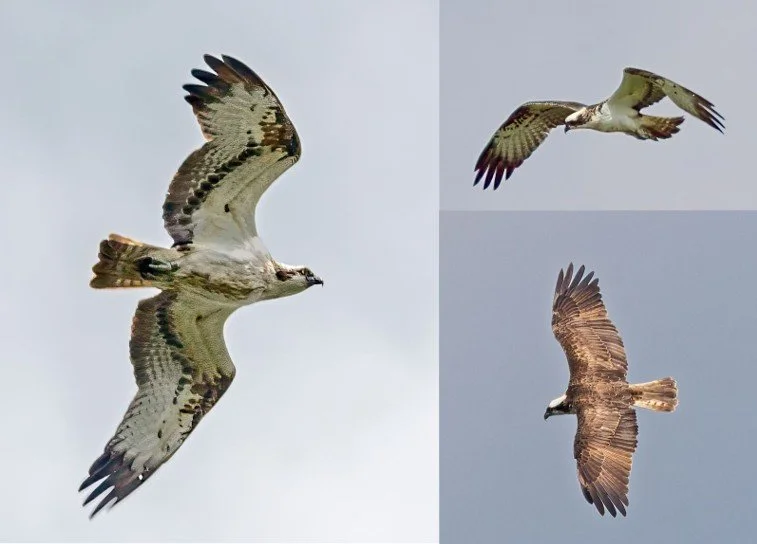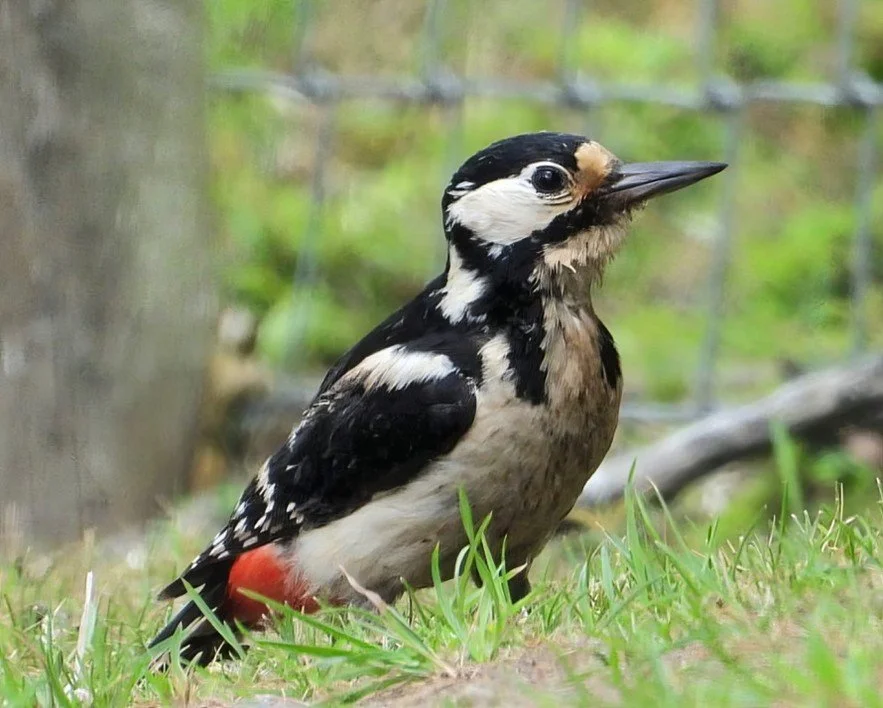Nosterfield Bird and Natural History Review June 2025
Andrew (Andy) M Hanby
“In early June, the world of leaf and blade and flowers explodes, and every sunset is different.” John Steinbeck
In the world of birds June is both spring, summer and autumn all in one. At the start of the month a Knot and three Sanderling on 1st likely represent birds heading north. The next day, a count of only 24 Curlew represents a ‘low water mark’ for this species in the recording area for the year. These will be made up of local breeders and tardy birds that have not really got their act together. But by the end of the month a peak of 64 Curlew announced, along with sightings over moving birds elsewhere, that breeders from elsewhere are making their way back and through our area, arguably autumn for them….
Knot Alan Tremethick
The early month flush of waders continued with two Knot on 2nd and 3rd. The latter date also supplied five Sanderling and a Little Stint. Sanderling at this time of year throw off their white look and go all foxy, a transformation that has claimed many a skilled birder’s reputation as other more exotic labels are supplied, famously Red-necked Stint in one case. The crash after excess hubris is always a pleasurable spectator sport.
Meanwhile, the backdrop of regular Bittern, Marsh Harrier, Osprey and Great White Egret sightings continue to enhance the continental feel of the Nosterfield recording area in often quite continental and sometimes almost tropical weather….. still there is no such thing as climate change!
Osprey over Flasks Dave Ward
Out of the blue on 7th, a pair of Garganey appeared on the North Lake, but for one day only. Garganey is a most frustrating species for us; as a breeder, it is flag for a good quality wetland site. Unfortunately, they tease but never commit in a way that we can prove this has happened. One day perhaps.
The Grasshopper Warbler at Langwith gate started singing again on 10th. This is standard practise for the species. Presumably they find a mate and start a brood, but then the urge comes on again prior to a second brood - or as the consequence of failure of the first brood. To date no one has ever taken a decent picture of our Grasshopper Warbler(s).
June is one of the better months for Cuckoo and one at the reedbed on 11th continued this trend. It even allowed itself to be photographed. Whether it was the same bird as the female bubbling at Langwith gate two days later remains to be seen.
Mediterranean Gulls were seen throughout the month and there was an impression that there was some turnover, a view reinforced by some impressive East coast movements from Norfolk to Whitburn throughout the period. Four of these delightful birds were present on 17th, arguably showing up the somewhat less graceful Egyptian Geese present on the same day.
Mediterranean Gulls Tim Jones
A single Crossbill flying north on 27th represented a small fraction of a largish national irruption of this species, with an aggregate total of nearly 300 through a visible migration site near Harrogate.
And so to July, when enthusiasm wains and the rare wader makes its move in an effort to pass through unnoticed.
Great Spotted Woodpecker Nathan Beer




